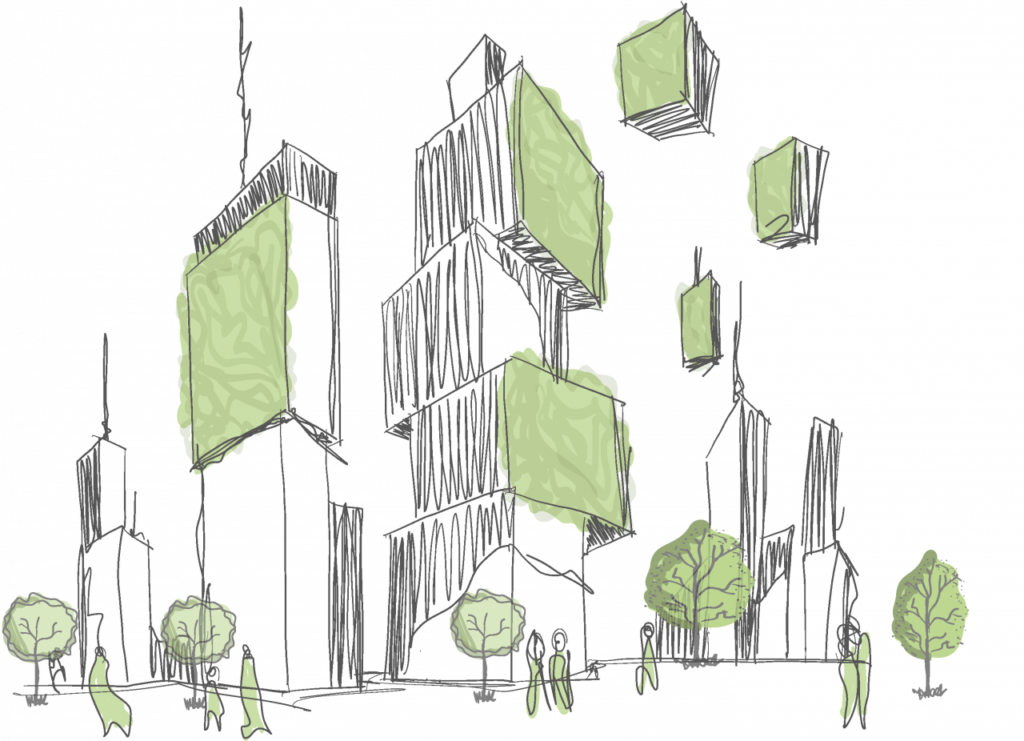Fachleute für vertikale Gärten
Wir entwickeln Projekte mit technisch leistungsstarken Bausystemen für hochmoderne begrünte Fassaden.



Vertikale Lösungen für den Garten
Calcular presupuesto de jardín vertical
Nuestros sistemas están incorporados en el Generador de precios de Cype y Base de Paisajismo.

+ 38.000
m2 de superficie construida
+ 1.100.000
Plantas instaladas
+ 800
Proyectos realizados
+ 50
Partners
Bleiben Sie informiert
Sie können interessante Artikel über vertikale Gärten, die neuesten Forschungsergebnisse über naturbasierte Lösungen, Inhalte zum Herunterladen und Einladungen zu unseren kommenden Webinaren erhalten . Abonnieren Sie!










